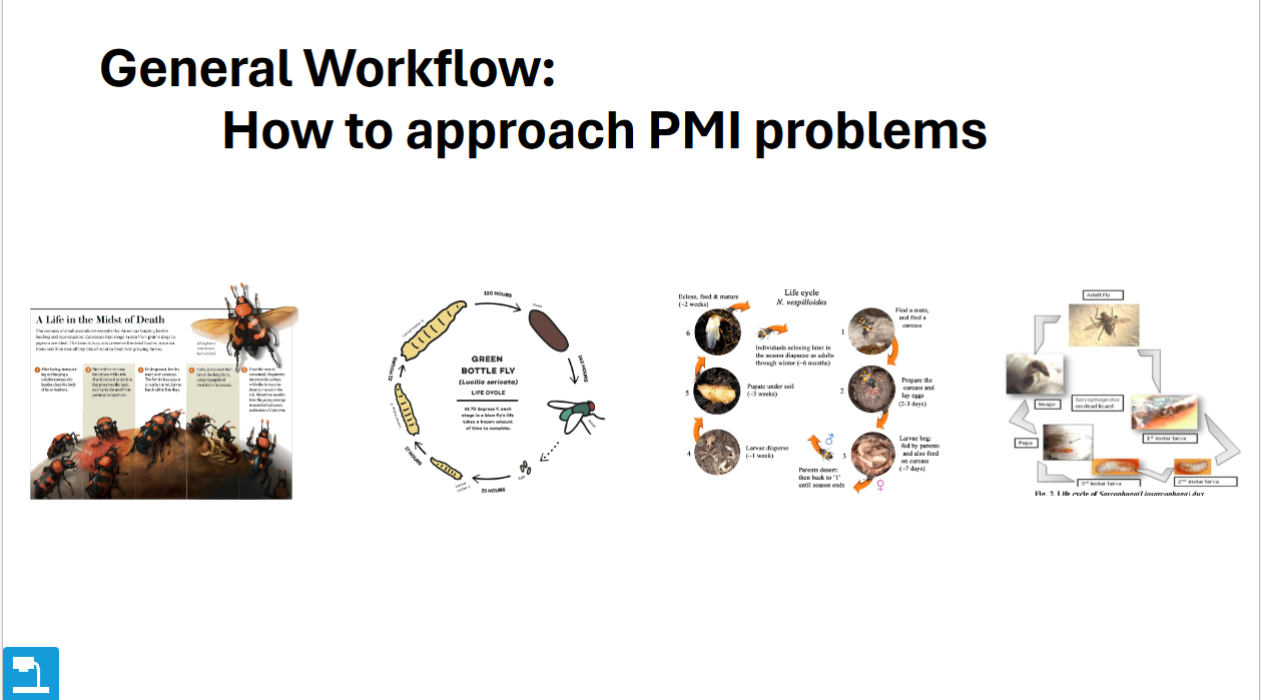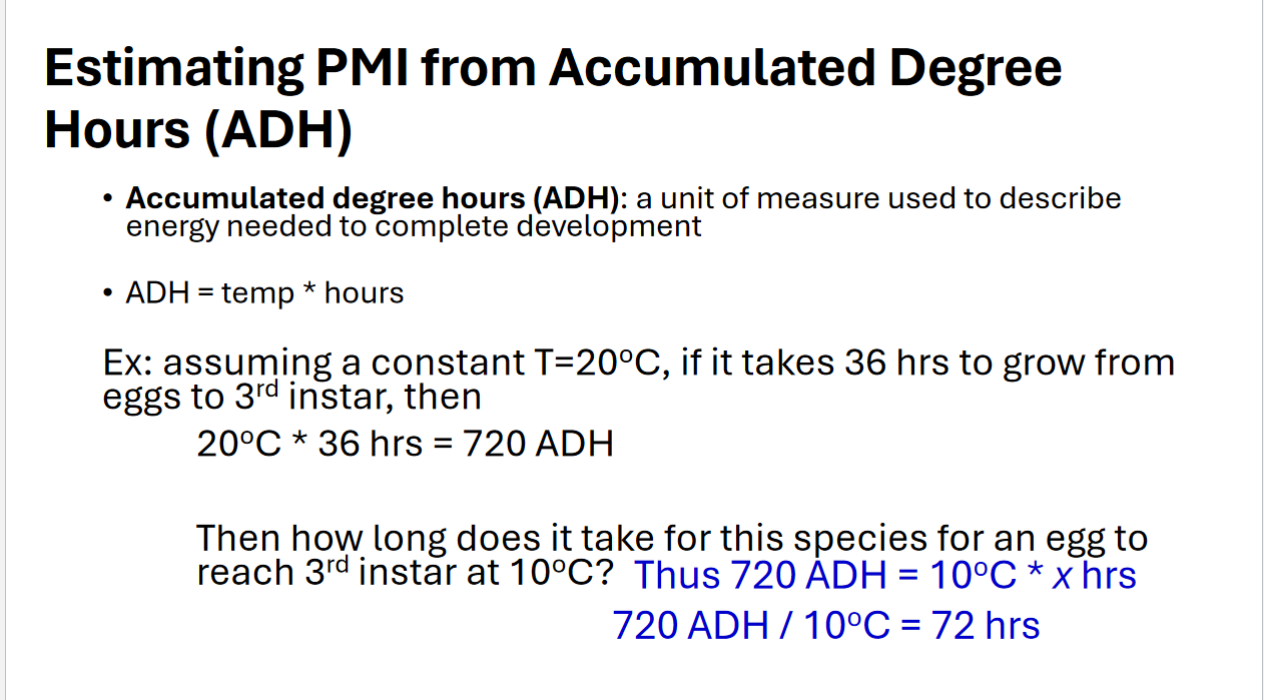ENTM 010 FINAL EXAM
1/65
Earn XP
Description and Tags
Flashcards are based on the study guide !! Goodluck :D
Name | Mastery | Learn | Test | Matching | Spaced |
|---|
No study sessions yet.
66 Terms
What are the 4 main feeding habits of beetles?
Predators, scavengers, herbivores, wood borers
Explain how the Bombardier beetle chemical defenses work?
Secretes hot noxious gas/ liquid to deter predators
What is the unique adaptation of the diving beetle for its aquatic lifestyle?
Air bubble and Natatorial legs
What is the anti-predator defenses that lady beetles use?
Secrete blood to scare predators
For dung beetles, what is the difference between rollers, dwellers and tunnellers?
Rollers
Roll dung
Tunnelers
Make tunnels and put dung inside dung
Dwellers
Lay eggs on dung pile and live there
Connection question: What are a few different examples of mass provisioning insects we’ve learned throughout the course? What do these insects share in common?
Dung beetles provide dung for their young, Ants farming fungus, Bees making honey. They all involve some level of sociality.
Why do hercules beetles fight?
Male-male competition
Size-up; gadge how large the horns are before a fight
Why are carrion beetles important for humans?
Colonize carrion during all stages of decomposition thus have great forensic importance
Play major ecological role
Recycle nutrients
What is one adaptation that wood boring beetles have for their lifestyle?
Inhabit decaying, rotting wood or trees that are about to die
Eat through the tissues from within and collapses onto the floor which allows for more trees to grow
What are two examples of beetle pests?
Weevils and leaf beetles
What types of diseases do beetles spread?
Fusarium dieback, Dutch Elm Disease
What is luciferase?
Enzyme causing the light production reaction in fireflies
What are halteres?
Knob-like structures that assist with balance
What types of mouthparts do flies have?
Piercing , Sponging, Slashing and lapping
What are the two dipteran larval forms?
Culiciform and Vermiform
What are the 3 Dipteran courtship and mating strategies?
Sound, Vision, Leks
a) Sound: males can hear the females wing beats?
b) Vision: swarms of male flies will gather around food resources
c) Leks: males gather in places not associated with resources.
d) None of the above
e) All of the above
Why are diptera so successful?
Adult and larvae in separate niches, adults excellent dispersers, short generation time for many species, common worldwide
For the following Dipteran families please tell me their (1) common names, (2) common diet item (3) ecological service or disservice.
a) Tipulidae: Crane flies, plant/nectar, soil engineers
b) Ceratopogonidae: small flies, nectar, vector disease
c) Psychodidae: sandflies, females: females bloodfeed, vector human disease
d) Tabanidae: Horse/Deer Flies, females bloodfeed/males-nectar, vector diseases like anthrax and African eye worm
e) Asilidae: Robber flies, (insects such as beetles, butterflies, moths, and bees), kill pests
f) Muscidae: Tsetse Fly, liquids - few blood suckers, vector disease
g) Calliphoridae: Blow flies, nectar, can locate dead flesh within minutes
h) Simuliidae: Flack Flies, blood meals, they are pests
i) Culicidae: Mosquitos, blood used for egg development, bites
What is maggot therapy?
A wound healing technique that uses live, medical-grade fly larvae to clean wounds, disinfect, and remove infected tissue.
True or false: The oldest colonized insects should give the best estimate of post mortem interval (PMI)
True
What makes an insect good for forensic entomology? Are the insects that undergo complete metamorphosis best or worst and why?
If they have predictable life cycles, rapidly colonize decomposing remains, and are ecologically relevant. Insects that undergo complete metamorphosis are considered best because their distinct developmental stages provide clear markers for accurate post-mortem interval estimation
What are the steps necessary to determine the PMI?
Id species, determine where they are in the life cycle then backtrack to get Post mortem Interval (PMI)
What are phorid flies, how do they interact with ants?
They are parasitoids of ants and can be used in biocontrol
Why do mosquitoes suck blood? Do males or females do it?
Females suck blood which is used for egg development
What are 5 ways you can prevent mosquito bites?
Cover skin, insect repellent, eliminate mosquito breeding sites, sleep protected by mosquito nests, use screens in windows and doors
What are 3 characteristics of Culex mosquitoes?
Lay eggs in boat shaped clusters (rafts), prefers to lay eggs in water rich in organic content, active at night (nocturnal habit)
What are 3 characteristics of Aedes mosquitoes?
Black and white stripes on body and legs, bite during the day, disease vectors- (dengue and yellow fever)
What are 3 characteristics of Anopheles mosquitoes?
Host specificity: variable, bite indoors and outdoors, vector of mammalian malaria
What are 3 differences between Anopheles and Culex?
Culex is nocturnal compared to Anopheles that bite during both night and day, Culex lays eggs in water, Culex vector mammalian diseases
What are 4 types of methods for mosquito control? Consider the pros and cons of all of them?
Mosquito control: pesticide applications- elimination of habitat, sterile Male releases- not always effective
What is a vector? What is an example of a vector?
An organism that transmits a pathogen Ex. Culex mosquitoes
What is a pathogen? What is an example of a pathogen?
Causal agent Ex. Virus or Bacteria
What is transmission?
How a pathogen spreads from one host to another
What is virulence?
The harmfulness of the disease to the host
What is the relationship between virulence and transmission?
Transmission should affect virulence, if it is easy to get to a new host, then a pathogen can cause more damage without consequence
What is Filariasis? What are some ways to avoid it?
Parasitic disease caused by an infection with roundworms.
Avoid by:
insecticide-treated nets
residual pesticide application indoors
avoid outdoors at dawn and dusk
What are the X steps of the Global Programme to Eliminate Lymphatic Filariasis?
1. Stop the spread of infection
2. Alleviate suffering
What is the Black Fly vector?
River blindness
What is African Trypanosomiasis?
Sleeping sickness
What is the causal agent and vector for Malaria?
Causal agent is plasmodium and vector is mosquitos
What are some ways people have been attempting to combat Malaria?
Pyrethroid-impregnated nets, vaccine, education about it
What is the vector for Leishmaniases? What are some of the prevention and treatment tools for it?
Vector
flies
Prevention
sleep under nets treated with insecticide,
Treatment
depends on species parasite and where contracted
What are 5 diseases caused by insect vectored viruses?
West Nile Virus
Dengue virus
Yellow fever virus
Zika virus
Chikungunya virus
Is West Nile Virus in the US? How are people controlling it?
Yes, use repellents with DEET, picaridin, IR3535, or oil of lemon eucalyptus
What is Yellow fever? What populations are most affected?
Virus native to Africa,
symptoms are muscle aches, fever, vomiting, liver damage-Jaundice, Coma/death.
What is forensic entomology?
The use of the insects, and their arthropod relatives that inhabit decomposing remains to aid legal investigations
Describe one case study from Lecture Where forensic entomology was used.
Bottle fly, Calliphora vomitoria
Egg
Egg laid on dead animals
Hatch:
Weather dependent 10 hrs-3 days
Larva
Larvae feed on decaying flesh
3 instar stages
2-10 days
Pupa
Larvae pupate in dry place
2-3 weeks
Adult
What can we learn from insects in forensic entomology?
Has the body been moved?
Indicators of PMI
Time of death estimated by analyzing insect life stage
What are the estimates of postmortem intervals (PMI) based on?
Accumulated degree hours
What types of insects are collected at crime scenes? Hint: Necrophages, Parasitoids, and what other two?
Flies and beetles
What are the 5 stages of decomposition fueled by insect activity? What is the timeframe for each stage? What is going on at each stage, in regards to the insects and temperature?
Fresh (Day 1-2)
Begins at death
Flies begin to arrive
Body temp falls to that of the ambient temp
Bloated (Day 2-6)
Swells due to gasses produced by bacteria
Body temp rises
Flies still present
Decay (5-11)
Gasses subside, decomposition fluids seep from body
Bacteria and maggots break through the skin
Very unpleasant odor
Larvae begin to pupate
Post-decay or butyric fermentation (Days 10-25)
Carcass reduced to hair, skin, and bones
Fly population reduced
Hide beetles dominate in dry environment
Feed on dead skin; dead hide
Mite, predatory beetle populations increase
Predatory beetles would want to feed on hide beetles
Dry or skeletal (Days 25+)
Only bone and hair remain
Corpse is reduced to at least ten percent of the original mass
Does not always occur especially if corpse is in a wet region
What insects are found during the freshest stages of decomposition? What about the least fresh stages?
Freshest stages:
Blow flies and burning beetles
Least freshest stages:
Hide beetles and Ham beetles
What are accumulated degree hours or days? How is it calculated?
Temperature x hours
What information do you need to calculate the PMI?

Calculate the PMI for the following case:
You collected several larvae and brought them back to the lab. You raised them at lab temp in an insectary in the Entomology Building (Tlab = 21 deg C). After 5 days in the lab they began to pupate. At 10 days in the lab, these adults emerged. The total ADD @ 21 degrees was 200.
10 days

How are bloodstain patterns used in forensic entomology?
Flies can confuse the patterning
Fly tracks (footprints through the blood)
Flyspecks
Partially digested blood in feces
Dia 0.5-4mm
Pigmentation
Creamy, brownish, and dark
Regurgitation
Dia 1-2 mm
Surface is irregular and reflective
If a corpse is puffy, what stage of decomposition is it in?
Bloated
What insects colonize bodies at the post-decay stage and are also used in museums to clean specimen?
Dermestiade beetles
remove skin, hair, and cartilage
Calculate the PMI for the following example:
You collect a large maggot mass from a donkey carcass; this maggot mass was concentrated around a bullet wound in the abdomen. The avg temperature was 20 deg C. You brought these maggots into the lab and they pupated after 3 days @ 20 deg C. On day 8 in the lab, the adults emerged. You know that ADD total @ 20 deg C is 290 deg days.
6-7 days
What are the differences between complete and incomplete metamorphosis?
Complete Metamorphosis (Holometabolism):
Stages: Egg, larva, pupa, adult.
Larval Stage: Larvae often look completely different from adults and typically have different diets and habitats.
Pupal Stage: A resting stage where the organism undergoes significant transformation.
Examples: Butterflies, beetles, flies, and ants.
Incomplete Metamorphosis (Hemimetabolism):
Stages: Egg, nymph, adult.
Nymph Stage: Nymphs generally resemble smaller versions of the adult but without fully developed wings and reproductive organs.
Lack of Pupal Stage: Nymphs gradually develop into adults through a series of molts.
Examples: Grasshoppers, cockroaches, and true bugs
What hormones regulate molting and metamorphosis?
Ecdysone: Promotes molting and the progression of metamorphosis.
Juvenile Hormone (JH): Inhibits the development of adult characteristics during the larval stages; its decrease
triggers metamorphosis
What mouthparts do the major groups we learned about have and which ones do complete metamorphosis:
Moths and butterflies (Lepidoptera)? Siphoning, Complete metamorphosis
Ants, bees and wasps (Hymenoptera)? Chewing and in some cases modified for lapping, Complete metamorphosis
Beetles (Coleoptera)? Chewing, complete metamorphosis
Flies (Diptera)? Sponging or sucking, complete metamorphosis
Grasshoppers (Orthoptera)? Chewing, incomplete metamorphosis
What is the difference between Batesian and Mullerian mimicry?
Batesian mimicry: harmless species mimics the appearance of a harmful species to avoid predation
Mullerian mimicry: two or more harmful species resemble each other, reinforcing the avoidance behavior in predators
What morphological structure is a stinger? Do males and females have one?
Modified ovipositor
Only females have stingers because males do not possess ovipositors
What are the criteria for eusociality?
Not all individuals reproduce
Members of colony work together to care for the young
Multiple generations live together
What is structural color?
Produced by microstructures that interfere with light, rather than by pigments